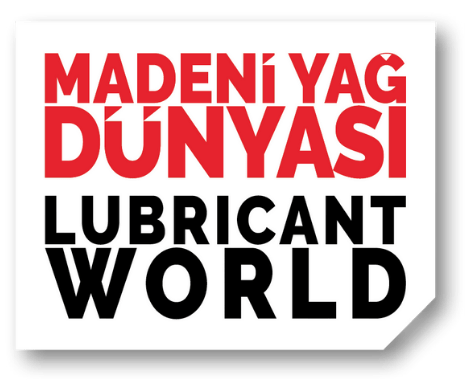Detergent and dispersant additives: Detergent and dispersant additives are designed to control the carbon and oxidation, sludge, varnish, lacquer and other solid materials that are formed in lubricants due to various reasons. They are used to disperse these materials or turn them into colloidal suspensions. In this way, they prevent clogging in the lube oil system and the formation of sludge or varnish on the surfaces of critical components such as pistons, rings, or valves. Barium and calcium salts of petroleum-based sulphonic acids, synthetic sulphonic acids, salts of various phenolic derivatives, and polymers containing barium, sulphur and phosphor are widely used as detergent additives in gasoline or diesel engine oils with a rate of 2-10 percent. These additives cause foaming and emulsion formation in the oil, therefore they are not preferred for use in formulations other than internal combustion engine oils. In gasoline engine oils, the desired result could not be achieved with detergent additives at low working temperatures. Detergent additives are not effective in fully preventing sludge formation, that’s why metal-free and ash-free additives have been developed. These additives, called dispersants, are polymer-based and either prevent or retard sludge formation in the lubricant at low working temperature. Main functions of dispersants are to ensure solvency and prevent sludge formation. Organic dispersants do not have any capacity to neutralize acidic materials.
Adhesion improvers: In industrial applications, lube oils should not drip from bearings. To ensure this, the lubricant must have a fibrous and cohesive structure. To prevent the lubricant from dispersing into the material and dripping, there is a need to use adhesive additives in the lubricants. Adhesion improvers are soap compounds that increase the adhesiveness of lubricants, and they are mostly polymers with high molecular weight.
Metal deactivator (passivation) additives: Most minerals enter into a chemical reaction when they contact air, oil or other substances, thus an additive material is needed to prevent this impact. Additives used in lubricants for this purpose are called deactivator (passivation) additives. Phosphor and sulphur compounds are widely used for metal passivation.
Emulsifier additives: Substances that contain water particles and prevent rusting are called emulsifier additives. These additives blocks direct contact of water with metal. Soaps and fatty acids or sodium sulphonates are widely used for this purpose.
Color fixative additives: These additives ensure color standardization. Besides, they prevent any unwanted color. Multiple lubricants are used in some systems, therefore these additives are preferred for distinguishing lubricant from each other.
Anti-odor and antiseptic (bactericide) additives: Additives that contain synthetic or highly odoriferous chemical substances are used to prevent or mask unwanted odors, create a pleasant fragrance, facilitate distinguishing from other and prevent bacterial growth. Certain alcohols and phenols can be used for this purpose.




